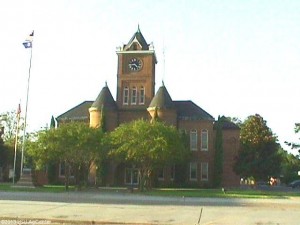
Pointe Coupee Parish is one of the oldest settlements in the entire Mississippi Valley. With a recorded history dating from 1699, this area situated at the apex of Louisiana’s “French Triangle” is steeped in history and tradition and rich in promise for the future. Breathtaking vistas of sparkling waters, moss-hung oaks, cedars and pecan trees, fields of sugar cane and cotton, stately antebellum mansions and quaint cottages, old churches, cemeteries and country stores combine with modern facilities, visitors’ accommodations, fine dining and antique shopping to give a wonderful contrast of the old and the new.
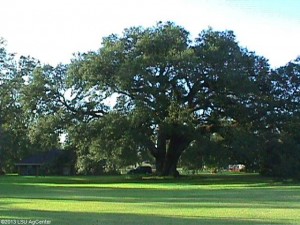
Pointe Coupee Parish is located a short half-hour from Baton Rouge. English Plantation country and the town of St. Francisville is just across the river; it is currently reached by a quick ferry ride across the Mississippi, although the John James Audubon Bridge will soon join Pointe Coupee and West Feliciana parishes. The contrast between the two regions is fascinating, and offers visitors one of only a few places in the United States to experience two distinct cultures right across the river from each other.
Towns In Pointe Coupee Parish include New Roads, Livonia, Morganza, and Fordoche.
New Roads
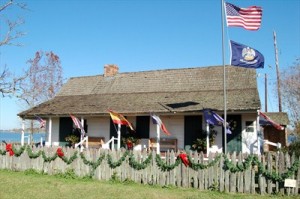
New Roads is named for the Chemin Neuf, or new road, that was built by the French in 1776 to connect the Mississippi with False River. The town’s narrow, tree-lined streets include outstanding examples of 19th century Creole and Victorian architecture, and nearby plantations include Parlange, River Lake, North Bend, Mon Coeur, Austerlitz, and Pleasant View. The town offers numerous fine dining and shopping opportunities as well as beautiful views and boating on False River, and hosts the second oldest Mardi Gras celebration in Louisiana. New Roads’ first recorded Mardi Gras ball was staged in 1881 and its first-known parade rolled in 1897; today, as many as 80,000 people converge on the hospitable Creole town for family-friendly parades. Over the last decade, new upscale subdivisions and retail establishments have been built along False River Drive near the area known as “Millionaire Row”.
Livonia
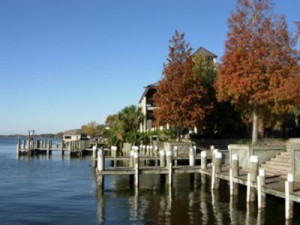
Named by the Pennsylvanian J.B. Johnson who came to Pointe Coupee Parish sometime before 1862, Livonia was incorporated as a town in 1959. Early occupations for residents included farming and timbering, but the discovery of oil and gas in nearby towns in 1948 brought related service industries and developing interests.
Morganza
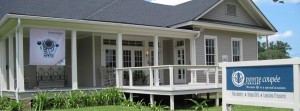
The Village of Morganza is named for the first American sheriff of Pointe Coupee Parish, Colonel Charles Morgan. Morgan owned much land in the parish and served on the Louisiana Legislature and the Mississippi River Authority. Union troops burned the town in 1863 following a losing battle at nearby Stirling Plantation; a subsequent encampment of Union soldiers at the site was tormented by the summer heat, encouraging them to begin rebuilding for their own comfort. Morganza was featured in the film “Easy Rider”, and many scenes from the movie were filmed there.
Fordoche

The name of the town comes from the Creole term “les Fordoches”, used to describe remote bayou areas marked by debris and brush. During the Civil War, Union troops were dispatched to prevent the Confederacy from operating in the upper Atchafalaya, resulting in 1863’s The Battle of Fordoche Bridge. The Confederate troops drove back the Union forces in 1863, and triumphed over the Union troops again a year later at the
